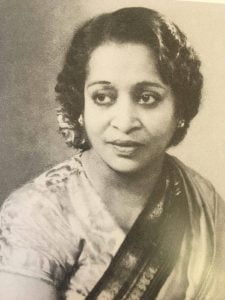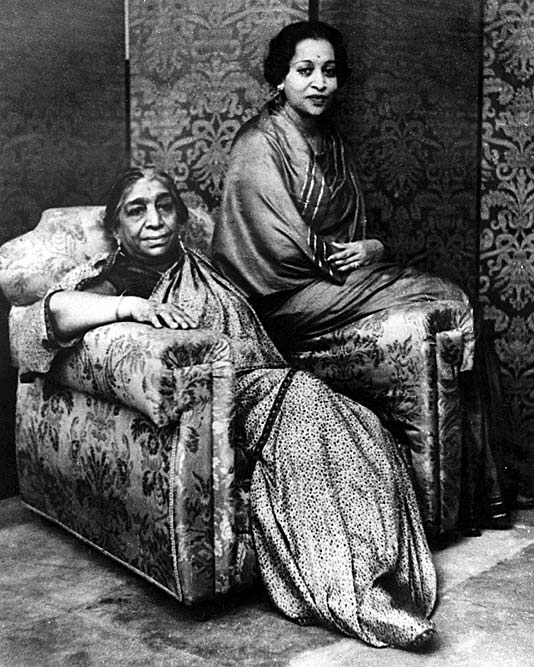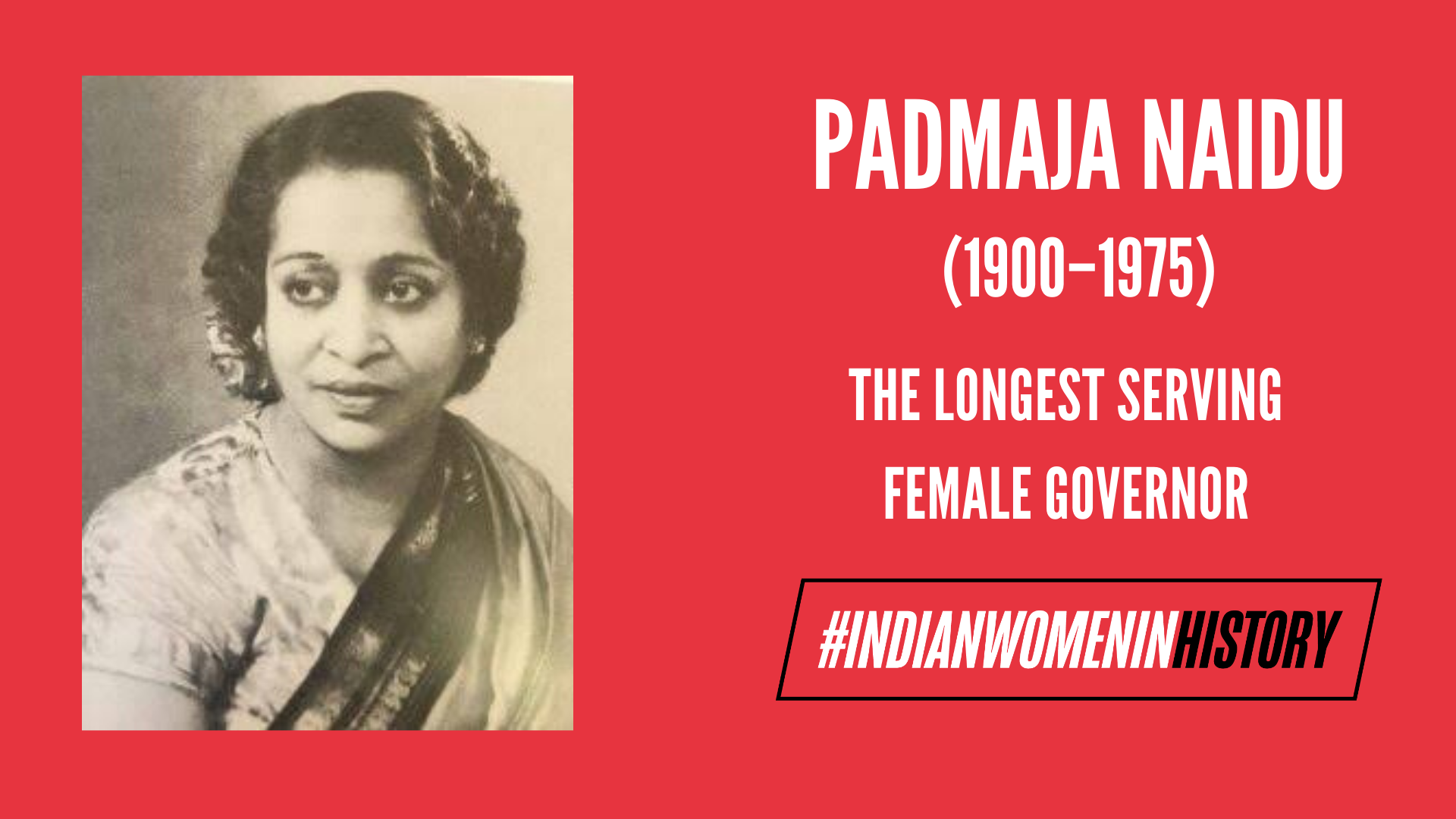Padmaja Naidu was an Indian freedom fighter and a former governor of West Bengal. She was also the joint founder of the Indian National Congress in Hyderabad. Her contribution to the Indian freedom struggle and post-independence political scenario has not got the attention from the media it deserves.
She was a young independent achiever at an age when most women got married and were limited to the responsibilities of marital life. She did not let her controversial link to Jawaharlal Nehru ruin her eminence in an age, when women were slut shamed for having affairs.
Padmaja Naidu shines in Indian modern history because she achieved distinction and merit as a politician in a male dominated public sphere, at a time when most women were relegated to the private realm of domestic labour.
Childhood Years
Padmaja Naidu was born in Hyderabad in 1900. Her Bengali mother was the renowned poet and Indian freedom fighter, Sarojini Naidu. Her Telugu father Mutyala Govindrajulu Naidu was a physician. She had four siblings, Jaisoorya, Leilamani, Aditya and Ranadheera. From the initial years of her life, Padmaja shared a deep friendship with Ruttie Petit who married Muhammad Ali Jinnah, later the founder of Pakistan. Padmaja Naidu was also close to the Nehru family, including the first Prime Minister of India, Jawaharlal Nehru and his sister, Vijaya Lakshmi Pandit, the first female president of the United Nations General Assembly.
Political Career
She was a political activist who spread the Gandhian message of Khadi and provoked the Indian mass to boycott foreign goods. She was imprisoned in 1942 for participating in the Quit India movement, a movement launched by Mahatma Gandhi demanding “an orderly British withdrawal” from India.

In the Post-independence era, Padmaja Naidu was elected to the Parliament but she resigned her membership due to illness. She became the Governor of West Bengal and held that prestigious office for a decade with profound excellence.
At the young age of 21, Padmaja Naidu became the co-founder of the Indian National Congress in the Zizam ruled princely state of Hyderabad and went on to become the first and longest serving female governor of West Bengal.
Humanitarian Work
During her public life spanning over half a century, she was associated with the Red Cross, an international humanitarian organisation committed to protect human life and health. She played a leading role as Chairperson of the Indian Red Cross Society which is a voluntary humanitarian organisation in India, during the Bangladesh refugee operation.
Miss Naidu was also associated with the Bharat Sevak Samaj, All India Handcrafts Board and Nehru Memorial Board.
Anecdotal Facts
Padmaja Naidu, the daughter of the famous freedom fighter Sarojini Naidu, in contrast to her mother, was also a meticulous collector of manuscripts and letters. After her mother’s death, she collected the poems written by Sarojini Naidu and published it as a book titled The Feather of the Dawn in 1961. Sheela Reddy, the author of Mr & Mrs Jinnah: The Marriage That Shook India acknowledges this fact in her interview.
Sheela Reddy says, “Ruttie(Jinnah’s wife) wrote letters to both Sarojini and Padmaja Naidu, but her letters to Sarojini are now lost because Sarojini, with her itinerant life, never bothered to keep the letters she received from her numerous friends and acquaintances and even her own children and husband. It was thanks to Padmaja Naidu, who kept every letter she received from both her mother and Ruttie, that I was able to piece the narrative of Jinnah’s marriage together.”

In a chapter titled “Nehru and Women” of MO Mathai’s autobiography on Nehru, Padmaja Naidu, the daughter of Sarojini Naidu, exclaims, “Nehru is not a one-woman man!” – a solid introduction to the profiles of all the women Nehru allegedly had relationship, with some known (Padmaja Naidu herself, Lady Mountbatten) and some unnamed. Mathai whitewashes Nehru’s complicity in most of these alleged affairs by giving us the impression that he had no choice in this regard and had to pay attention to all the female “sycophants” falling at his feet every now and then, with one of these affairs leading to a pregnancy, a child whom Nehru decisively abandons.
Legacy
Padmaja Naidu died on 2 May 1975. The Padmaja Naidu Himalayan Zoological Park in Darjeeling is named after Ms Naidu. Padmaja Naidu Himalayan Zoological Park (also known as the Darjeeling Zoo) in Darjeeling in West Bengal.The zoo was opened in 1958 with an average elevation of 7000 feet. It is the largest high altitude zoo in India. It specializes in breeding animals adapted to alpine conditions, and has successful captive breeding programs for the snow leopard,the critically endangered himalayan wolf and The red panda.
Padmaja Naidu handed over her mother’s (Sarojini Naidu’s) residence The Golden Threshold to the University of Hyderabad (UoH) in the 1970s. Since then, it has housed the Social Sciences department, the Sarojini Naidu School of Communication, and now the Centre for Distance and Virtual Education. Since many years, dearth of financial support and apathy has spoiled its restoration works. University of Hyderabad spokesperson, Vinod Pavarala, hopes that when the UoH’s Institute of Eminence funding comes through, it can be used for the heritage building’s renovation. The option of crowdfunding is also being explored by university officials. Once restored, the UoH plans to modify the residence into a museum-cum-cultural centre, like Lamakaan.
References




